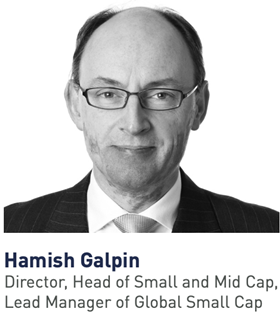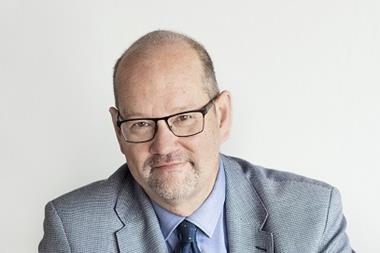Sponsored Commentary from Federated Hermes
The Sustainable Development Goals (SDGs) are a blueprint for a better and more sustainable future for all. It is therefore right that the first of them is to “end poverty in all its forms everywhere”. However, the onset of the Covid-19 global pandemic has dealt a big blow to this aim, with global poverty increasing last year for the first time in decades.
Within SDG 1, the second target (1.2) states: By 2030, reduce by at least half the proportion of men, women and children of all ages living in poverty in all its dimensions according to national definitions. Of course, poverty is not only an issue for the developing world and the spirit of the SDGs, of leaving no-one behind, also applies to rich countries. As of 20191, the poverty rate (the share of people living with less than half the median disposable income in their country) in the US was 17.8%, and in the UK stood at 11.7%. We know the pandemic has exacerbated pre-existing inequalities.

We also know certain groups are disproportionately represented among the poor, including women, children, indigenous peoples and those with disabilities. They face additional barriers to escaping their predicament, such as limited access to productive resources and markets.
There is a self-evident need therefore to redouble efforts, international and collective, public and private, in pursuing the goal of poverty eradication.
SDG 1.3 states: By 2030, ensure that all men and women, particularly the poor and the vulnerable, have equal rights to economic resources, as well as access to basic services, ownership, and control over land and other forms of property, inheritance, natural resources, appropriate new technology, and financial services including microfinance.
Poverty is not just about income. It is also about the access individuals have to basic services. Businesses clearly have a role to play here, not least in terms of thinking about adopting scalable and commercial models to broaden their reach.
Business response
Businesses can make a profound contribution to the achievement of this goal. They can proactively take steps to address constraints faced by disadvantaged groups, by making their business models more inclusive, their products more innovative and by providing services that better meet their needs. Companies can also build on the unique perspectives of these groups as consumers, employees, suppliers and distributors and community members.
Most fundamentally, businesses have an impact by providing employment and paying a living wage. This extends both to those they employ directly and their indirect employees in the supply chain, which is where poverty wages are more common. At the same time, the attentions of social media and non-governmental organisations (NGOs) are shining a light on those workers hidden away. Companies therefore need to be sure that their business models, pay and practices ensure the economic sustainability of the individuals concerned.

One of the companies we engage with is Peru’s biggest bank and the owner of the largest microfinance business in Latin America. According to Worldbank data, as of 2018, 43% of adults in Peru have a bank account. While that is up from 29% in 2014, it is still below the region as a whole and there is a 17% gender gap and a 26% gap between richer and poorer. The microfinance business has a broad portfolio of products aimed at entrepreneurs of micro, small and medium-sized enterprises (MSMEs) as well as individuals. Its focus is on providing the population with access to financial services, not just credit but also savings and investments.
Over the last ten years, the business has set up bank accounts for more than 974,000 Peruvians. In 2020, they provided accounts to 150,000 people, more than 37,000 of whom were accessing the financial system for the first time. Additionally, the company’s app enables people to send money to another mobile phone number free of charge, securely and instantly. All that’s needed to open an account is an official ID. As a result, 650,000 people have now been included in the financial system. The app is adding 300,000 customers per month, 80,000 of whom are new clients and have received a debit or prepaid card from the bank for the first time. The company is targeting 3m more app users in 2021.
Positively, financial education and inclusion, including with a gender-specific lens, are key pillars of the bank’s newly launched sustainability strategy.
Half of the microfinancing business’ clients are women and the bank has designed a specific product to cater to their financing needs. Women over the age of 23, whether they are head of the household or a second earner, are eligible for financing for working capital, fixed assets, housing or personal consumption. The minimum loan is 300 soles and the maximum is 3,500 soles.
Gender inequality is structural. The majority of accounts are in men’s names. Therefore, targeted financing such as this should help bolster female financial independence and fuel economic growth. Importantly, the loans do not need a spousal signature.
It is genuinely heartening to note the real commitment of many management teams to making a real social and/or environmental contribution and their recognition that this fits well with their financial goals.
FOOTNOTE
1 Inequality – Poverty rate – OECD Data.

















No comments yet